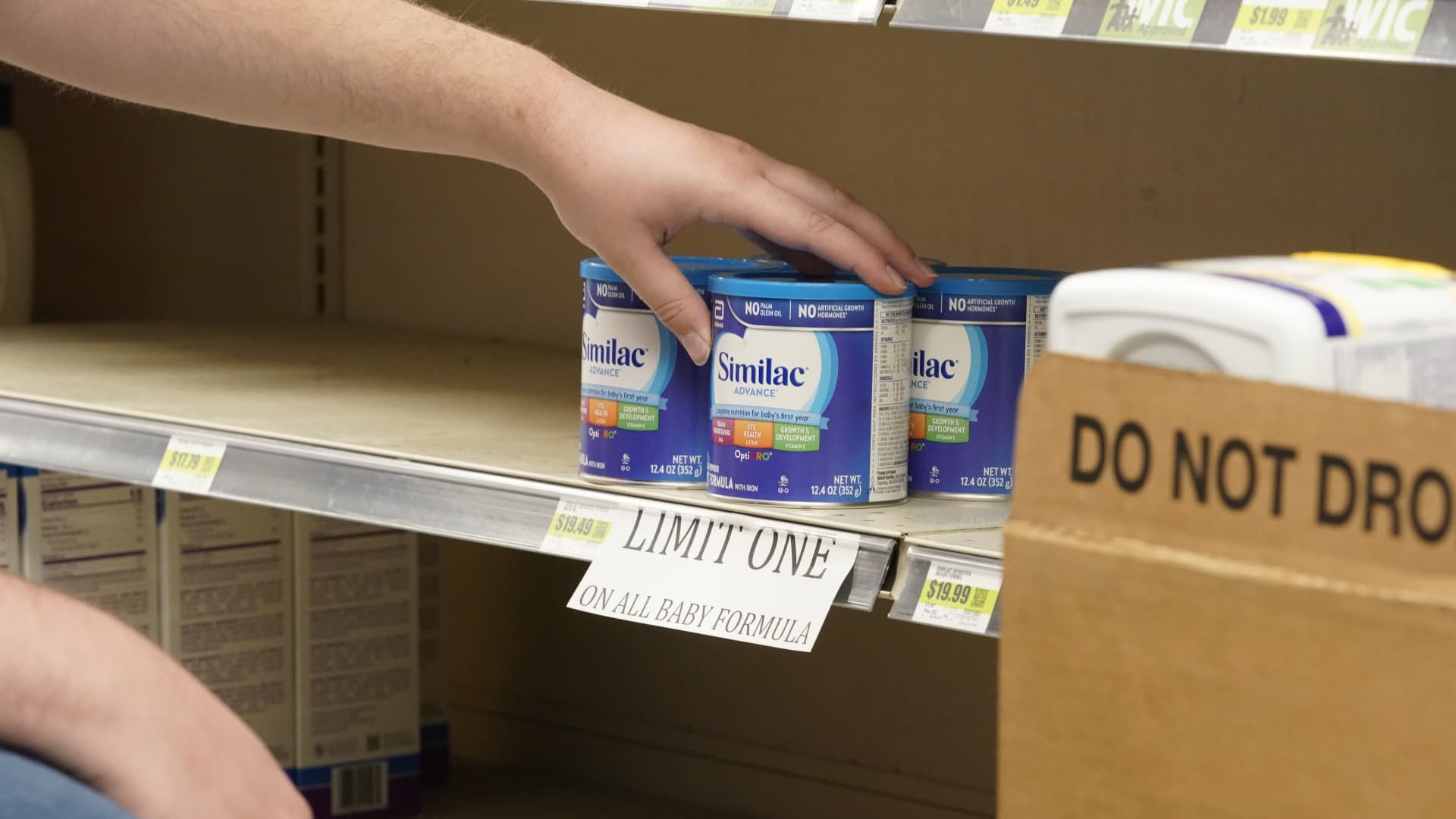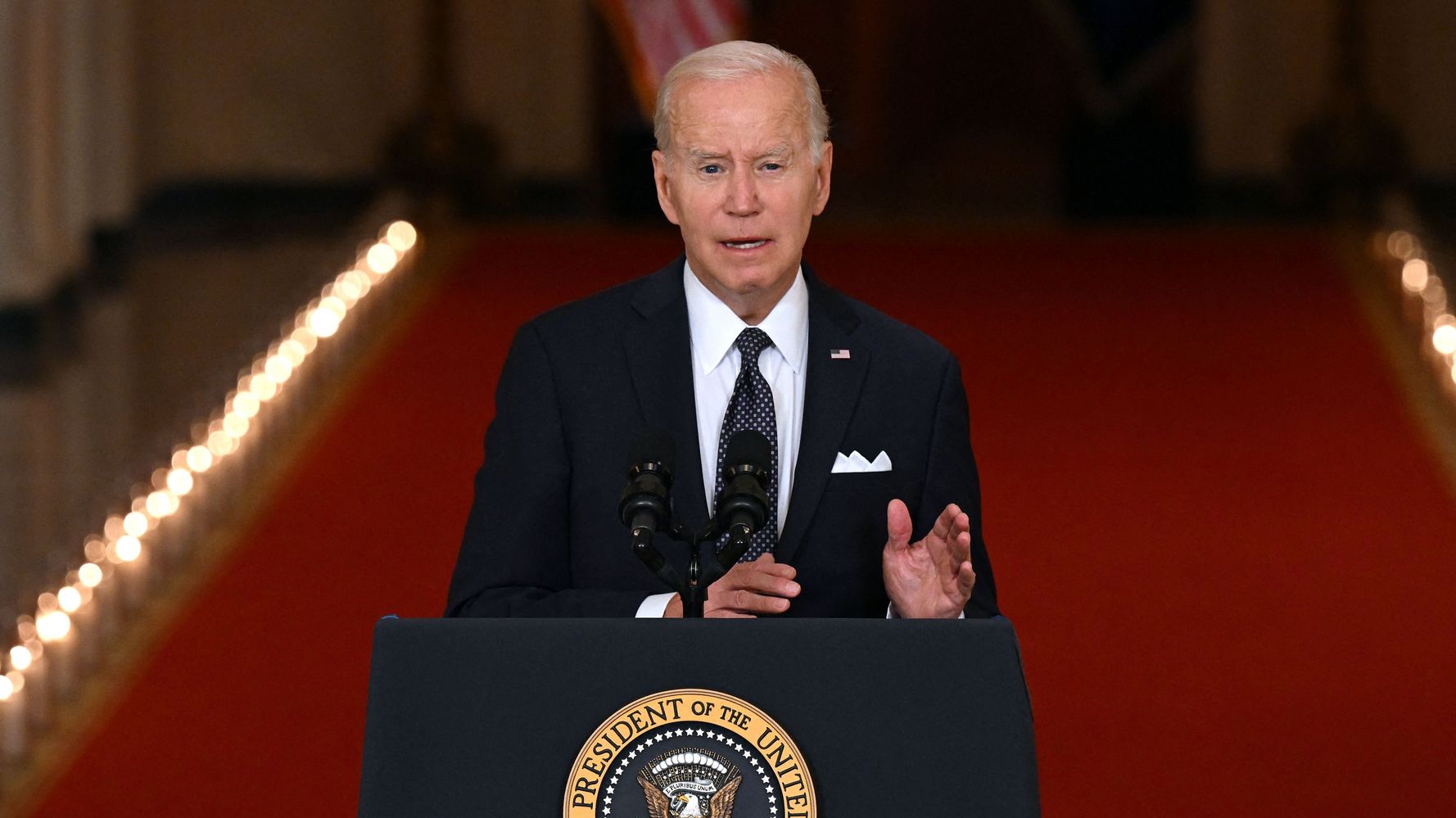
While a lot has recovered and rebounded since the pandemic (think Thanksgiving travel and gathering en masse), work environments seem forever changed. The pandemic emptied office buildings as we once knew them, and central business districts suffered. Commercial real estate is still reeling at the massive shift toward remote or hybrid work, and an unwillingness to hold onto brick-and-mortar properties with the ease of e-commerce. It’s a mystery: Traffic to downtown business districts has more than recovered, but people just aren’t going back to offices.
There’s been signs for a while that commercial real estate is a bubble that’s about to burst. WeWork’s bankruptcy filing earlier this month was an $18 billion canary in the coal mine, as the fallen co-working giant immediately moved to shed dozens of leases in New York City alone. A legendary Wall Street forecaster warns that the whole space is set to implode.
“I think the biggest bubble right now is commercial real estate,” Gary Shilling, an economist best known for correctly forecasting the 2008 housing crash, said on investing podcast “The Julia La Roche Show” last week. “This isn’t of the magnitude of the subprime-mortgage bonanza,” he said, referring to the cascade of defaults that crashed multiple Wall Street banks and brought on the global financial crisis, “but I think it is a bubble which is beginning to crack.”
Before the crash, the housing market prophet was warning that subprime loans were probably the “greatest financial problem” for the U.S. economy, and in January 2006 wrote an article titled “The Housing Bubble Will Probably Burst.” Shilling now serves as president of financial consultancy A. Gary Shilling & Co. Inc. and as editor of A. Gary Shilling’s Insight, a monthly newsletter that promises “exhaustive investigations of key economic indicators” and how they affect investment portfolios.
On remote work, Shilling told La Roche that he got out ahead in his approach to commuting, having moved his own company’s office from the “canyons of lower Manhattan” to suburban New Jersey in 1990.
“I got through with that commuting problem many years ago,” he said. Now, there are office buildings “which are vacant, and one of the problems is that those office buildings are coming due. Mortgage lenders either don’t want to renew the loans, or they want much, much higher interest rates to do so.”
Office is the most prominent sign of a struggling commercial real estate market
The commercial real estate collapse has been most evident in the office sector, with vacancy rates at nearly 1.5 times the amount than at the end of 2019, according to a report by real estate firm Cushman & Wakefield. And there may be as much as 1 billion square feet of unused U.S. office space by the end of the decade, the report shows. Moody’s Analytics calls the office vacancy rate of 19.2% this quarter “perilously close” to the 19.3% record-high vacancy rate in 1986 and 1991.
“While some properties, such as shopping malls or retail, were somewhat protected due to prior devaluations resulting from the rise of e-commerce, the office segment has been hit hard,” Allianz Trade economists wrote in a late October report. “Higher interest rates have made properties less attractive compared to risk-free government bonds and also led to a significant drop in asset values.”
Other economists believe these signs—along with higher delinquency and interest rates—indicate that a commercial real estate market recovery could be years down the road.
“It could easily take several years for the office market to stabilize,” Stijn Van Nieuwerburgh, a professor of real estate and finance at Columbia Business School, told Goldman Sachs in its Commercial Real Estate Risks report released in October. He added that it’s “a trainwreck in slow motion.”
But it’s not just the office sector that’s struggling. “It’s other commercial real estate [like] hotels and shopping centers, which have been in trouble for some time,” Shilling said. The impending commercial real estate crash is just one sign of a struggling economy. Shilling also predicts that the S&P could fall to its lowest level since the pandemic—and that “we probably do have a recession coming shortly, if we’re not already in it—nobody rings the bell.”
“I’ve been of the opinion that stocks would decline about 30% to 40%, peak to trough,” he said on the podcast. “If you look at many of the major indicators that are reliably forerunners of recessions, when you look at that combination of things, it’s pretty hard to escape a recession.”
Erin Sykes, chief economist at residential real estate brokerage firm Nest Seekers International, echoes Shilling’s sentiments about the real estate market, saying that commercial spaces have struggled to make their rent on time.
“Underutilized mall and retail spaces are at the forefront of delinquencies,” she tells Fortune. “Reminder that real estate is local, although large cities are seeing a challenging commercial landscape.”
Delinquency rates for commercial mortgages have been on the rise for four consecutive quarters, which includes office, multi-family, and other commercial properties, according to the Mortgage Bankers Association (MBA). More than 5% of office property loans were delinquent during the third quarter, and another 5% of retail loan balances were delinquent.
“Commercial property markets are working through challenges stemming from uncertainty about some properties’ fundamentals, a lack of transparency into where current property values are, and higher and volatile interest rates,” Jamie Woodwell, MBA’s head of commercial real estate research, said in a statement. “The result has been a slow and steady uptick in delinquency rates, concentrated among loans facing more of those challenges.”
While Shilling didn’t define exactly when we’d see the bubble burst, others think it could be sooner than we know.
“It’s very possible that it is already happening,” Sykes says.
And real estate tycoon Jeff Greene, who bet against the mid-2000s housing bubble and netted about $800 million, said in September that we’re just in the initial stages of a commercial real estate correction.
“I think we’re just in the first inning of this correction,” Greene told CNBC. “I hate to say it.”



















































![Shane Hawkins Drums with Foo Fighters at Taylor Hawkins Tribute Concert [Video] Shane Hawkins Drums with Foo Fighters at Taylor Hawkins Tribute Concert [Video]](https://consequence.net/wp-content/uploads/2022/09/Shane-Hawkins-and-Violet-Grohl.jpeg?quality=80)




